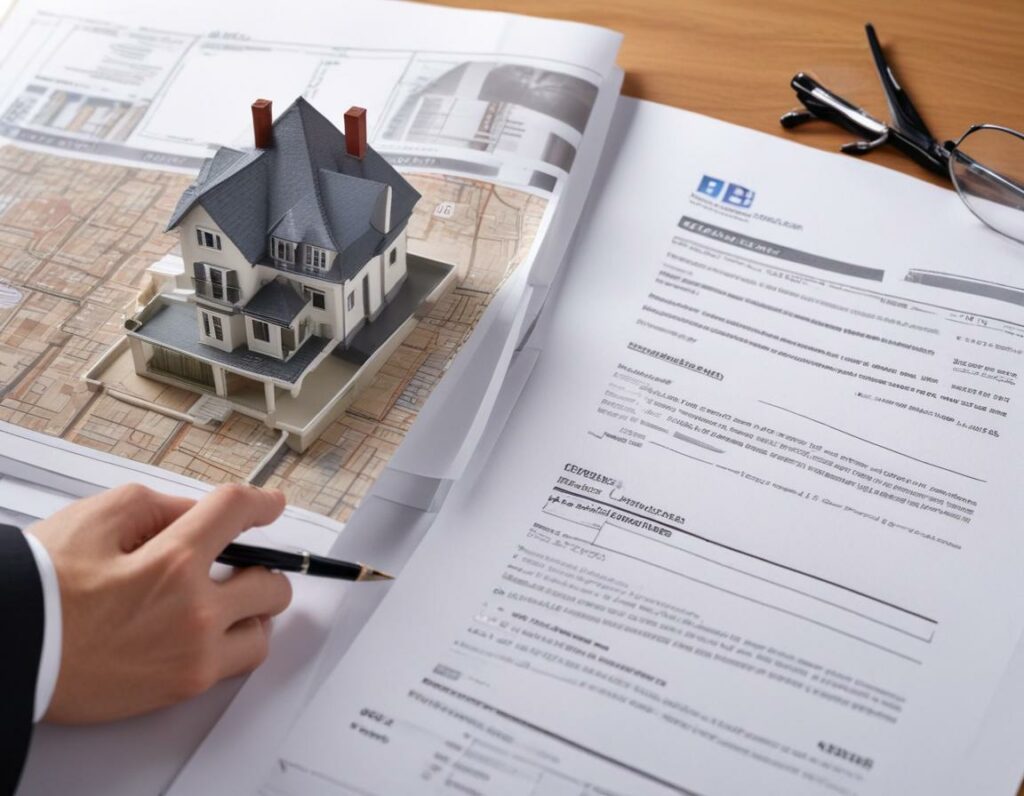Increase in the Value of Urban Land (IIVTNU)

What is IIVTNU?
This is a tax on the increase in value of urban land – whether built upon or not – and properties with special characteristics (BICE), resulting from the transfer of ownership of the land, as well as the creation or transfer of any real right over the land.
How is IIVTNU calculated?
The approval of Royal Decree-Law 26/2021 on November 8 introduced a reform in the tax calculation, implementing a new method for determining the taxable base. Since then, it is possible to calculate the IIVTNU using two methods:
- The objective system, which is the previous method, is calculated by multiplying the land’s cadastral value by a coefficient depending on the number of years of ownership of the property and the tax rate applicable at the time of accrual.
- The so-called real capital gain, which takes the difference between the acquisition and transmission value as the taxable base, applicable in cases where a capital loss has occurred.

How can we help reduce it?
- Analyzing the buy-sell transaction subject to the IIVTNU.
- Understanding and applying case law and regulations supporting corrections in its calculation.
- Reviewing the land’s cadastral value and verifying the increase calculation based on the years of property ownership.
- Advising on capital gains that need to be declared or self-assessed and analyzing the paid amounts over the past four years.
- Conducting a study of both calculation methods to determine the most appropriate one for each case.